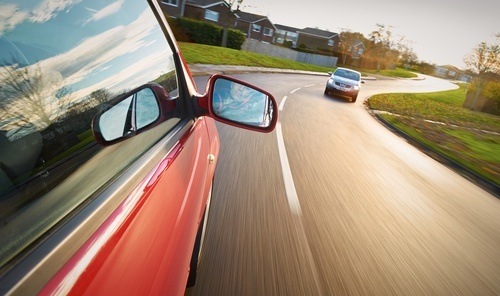There are a few essential systems in every vehicle required to propel the car and allow it to operate safety. The braking system is necessary to stop and slow down, and it should always be kept in working order to keep you and your family—as well as other drivers—safe on the road. Most passenger vehicles have two or three braking systems, which operate a little differently to cater to various driving situations. Here’s a look at the types of brakes you might find in your vehicle:
Disc Brakes
If you look at the hubcap of your car’s front wheels and see a shiny disc just behind it, then your car is equipped with disc brakes. The disc is squeezed by metal, ceramic, or composite clamps that grip tighter as you press the brake pedal. As the disc slows down, it slows down the wheels as well, so the car can come to a gradual stop.
Drum Brakes
Rear brakes are important as well, and these may also be disc brakes, but most cars will have drum brakes in the back. Instead of clamps that squeeze onto a disc, these brakes feature a foot that pushes outward on the wheel, and the friction causes the car to slow down. Because of the heat that both disc and drum brakes endure from the friction of stopping, these need to be made of highly durable materials that won’t wear down quickly or melt during regular use.
Handbrakes
The handbrake or parking brake of your vehicle is connected to the same brakes that slow your vehicle when you hit the brake pedal, but it uses different mechanisms. The parking brake uses a cable locking system that keeps the brakes engaged to facilitate emergency stops or prevent a car from moving while it is parked.
Another important component of your car’s brakes is the brake lights that warn drivers when you slow down. With a third, pulsing brake light installed in your vehicle, you can be certain that your car is seen on the road in any conditions. To learn more, visit Pulse for a look at our pulsing brake light technology.

